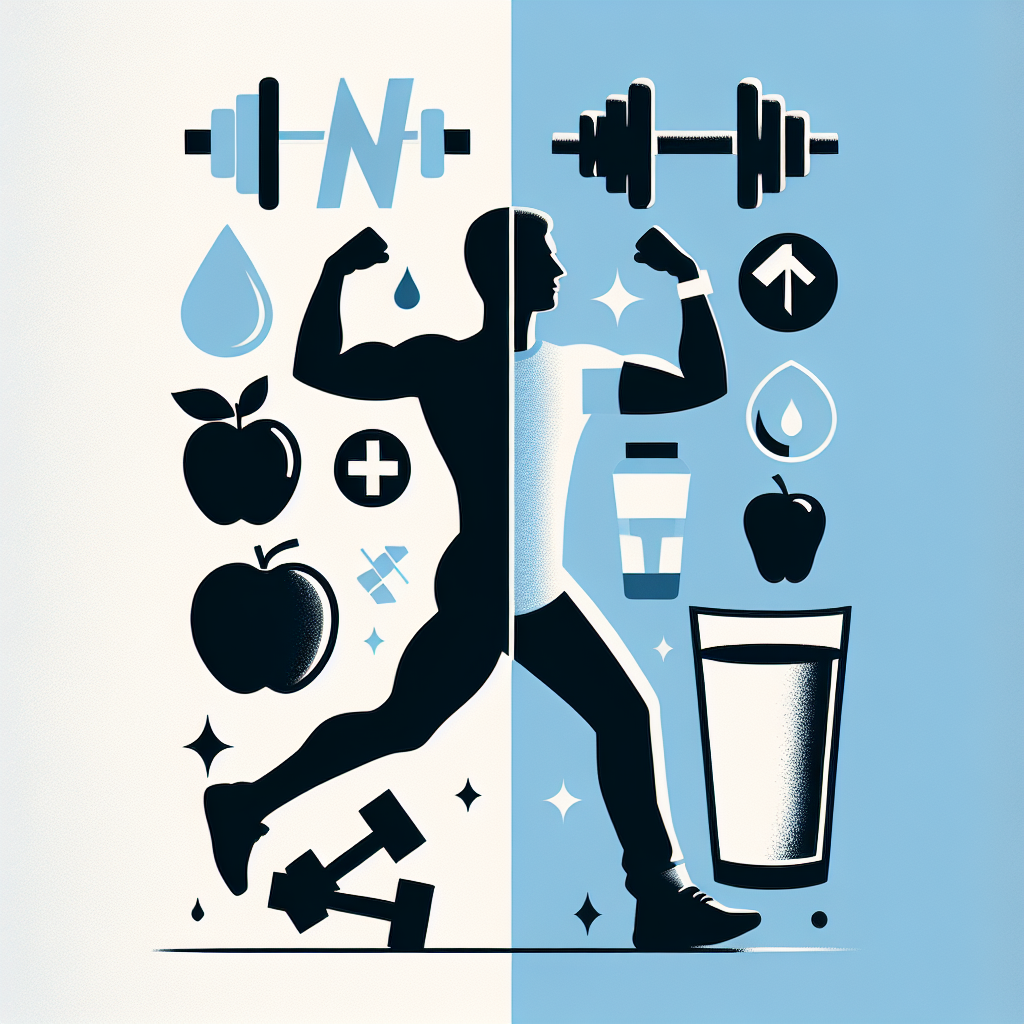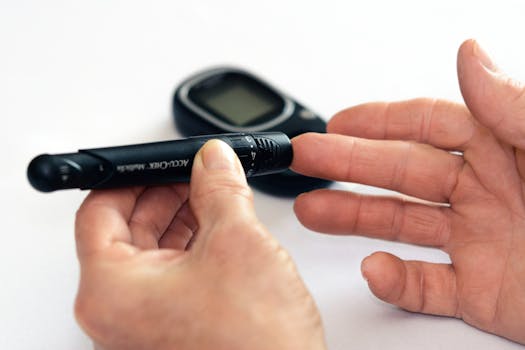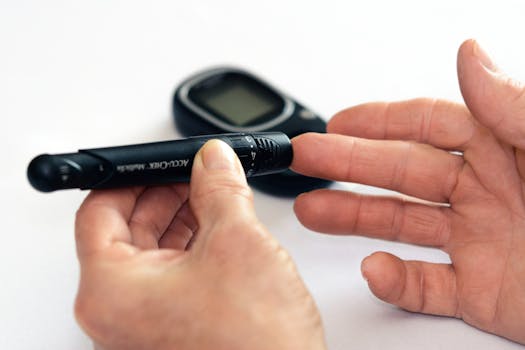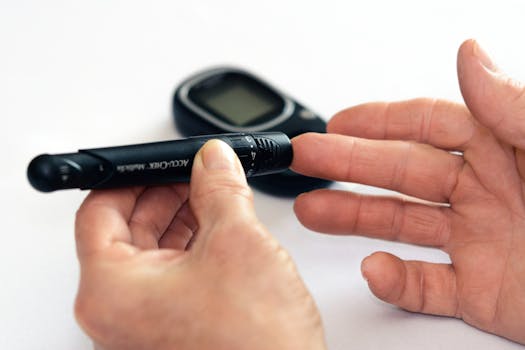Many people ask should we do workout during water fasting as they try to balance the desire to stay active with the reality of reduced fuel. The answer depends on the length of the fast, your prior training level, medical background, and what you hope to achieve. Water-only fasting changes how your body sources energy, and that affects performance, safety, and recovery during any form of exercise.
Should you exercise during a water fast?
Light movement is usually okay for most healthy adults, but intense training or long endurance sessions are more likely to cause problems. When you fast, your body shifts from using glycogen to burning fat and ketones. That shift can reduce maximal power output and make high-intensity efforts feel much harder. Think of exercise during fasting as a trade-off: you can maintain mobility and circulation, but you should lower intensity and listen to your body.
How fasting affects performance
In the early stages of a fast you may feel lightheaded, weak, or dizzy during exertion. As the fast extends into multiple days, metabolic adaptations occur that preserve organ function but can decrease strength and stamina. This is particularly relevant if you’re considering running on a 3 day fast or attempting any strenuous session: energy availability is limited and dehydration risk is higher.
Types of activity to prioritize
General guidance favors low-impact, low-to-moderate activities that support circulation and mental well-being without extreme energy demand:
- Walking and gentle hiking to maintain movement and mood
- Restorative yoga or stretching to preserve flexibility and reduce stress
- Light resistance work using bodyweight or very low loads to help preserve muscle
Planning exercise during fasting and exercise safety tips
Before attempting any activity while fasting, consider setting clear boundaries: keep sessions short, skip intense intervals, and prioritize recovery. Monitor for dizziness, palpitations, or severe fatigue. Hydration and electrolyte balance become more important on water-only protocols, so plan accordingly. If you’re curious about longer fasts—how they progress and safety considerations—see this resource on what to expect and how to do a 96-hour fast safely, which walks through stages and precautions for an extended water fast.
Practical rules of thumb
- Keep workouts under 30–45 minutes and at low-to-moderate intensity.
- Avoid maximal lifts, sprints, and long endurance sessions during multi-day fasts.
- Stop immediately if you feel faint, unusually confused, or have chest pain.
- Consider postponing performance-focused training until after refeeding.
Special situations: running on a 3 day fast and athletes
Athletes or regular high-intensity trainers should be cautious. Running on a 3 day fast can be done by experienced individuals who are adapted to training with low carbs, but it raises risks: decreased pace, longer recovery, and potential for injury due to impaired concentration and reduced muscle glycogen. If your sport depends on power or speed, avoid testing limits during a water fast. If you choose to run, shorten distance, slow pace, and skip intervals.
Medical considerations and when to avoid exercise
People with diabetes, low blood pressure, heart disease, or those on certain medications should not exercise during extended fasting without medical supervision. Pregnant and breastfeeding people, adolescents, and older adults typically should avoid water-only fasting combined with exercise. When in doubt, consult a clinician before combining fasting and exercise.
For readers who want to understand the broader physiological effects of fasting on metabolism and exercise capability, a comprehensive review on intermittent fasting and metabolic health provides evidence-based context: comprehensive review on intermittent fasting and metabolic health.
Simple pre- and post-exercise checklist
- Pre-check: pulse, blood pressure (if relevant), and how you feel—skip if unsteady.
- Hydration: sip water and consider electrolyte solutions if fasting >24 hours.
- Intensity: choose light movement; postpone heavy training until after refeeding.
- Refeed plan: break the fast gradually with easily digestible foods and prioritize protein to aid recovery.
FAQ
Q: Can I preserve muscle while water fasting?
A: Some low-intensity resistance work can help preserve muscle mass, but prolonged heavy lifting is not advised. Overall protein intake during refeeding is important for rebuilding.
Q: Is fasting and exercise beneficial for weight loss?
A: Fasting often reduces calorie intake and can promote fat loss, while exercise supports lean mass and metabolic health. However, combining strict water fasting with intense workouts may increase risk without providing superior long-term results. Sustainable diet and exercise patterns usually outperform extreme combinations.
Q: If I feel lightheaded during a session, what should I do?
A: Stop exercise immediately, sit or lie down, hydrate, and monitor symptoms. If symptoms are severe or persist, seek medical attention.






